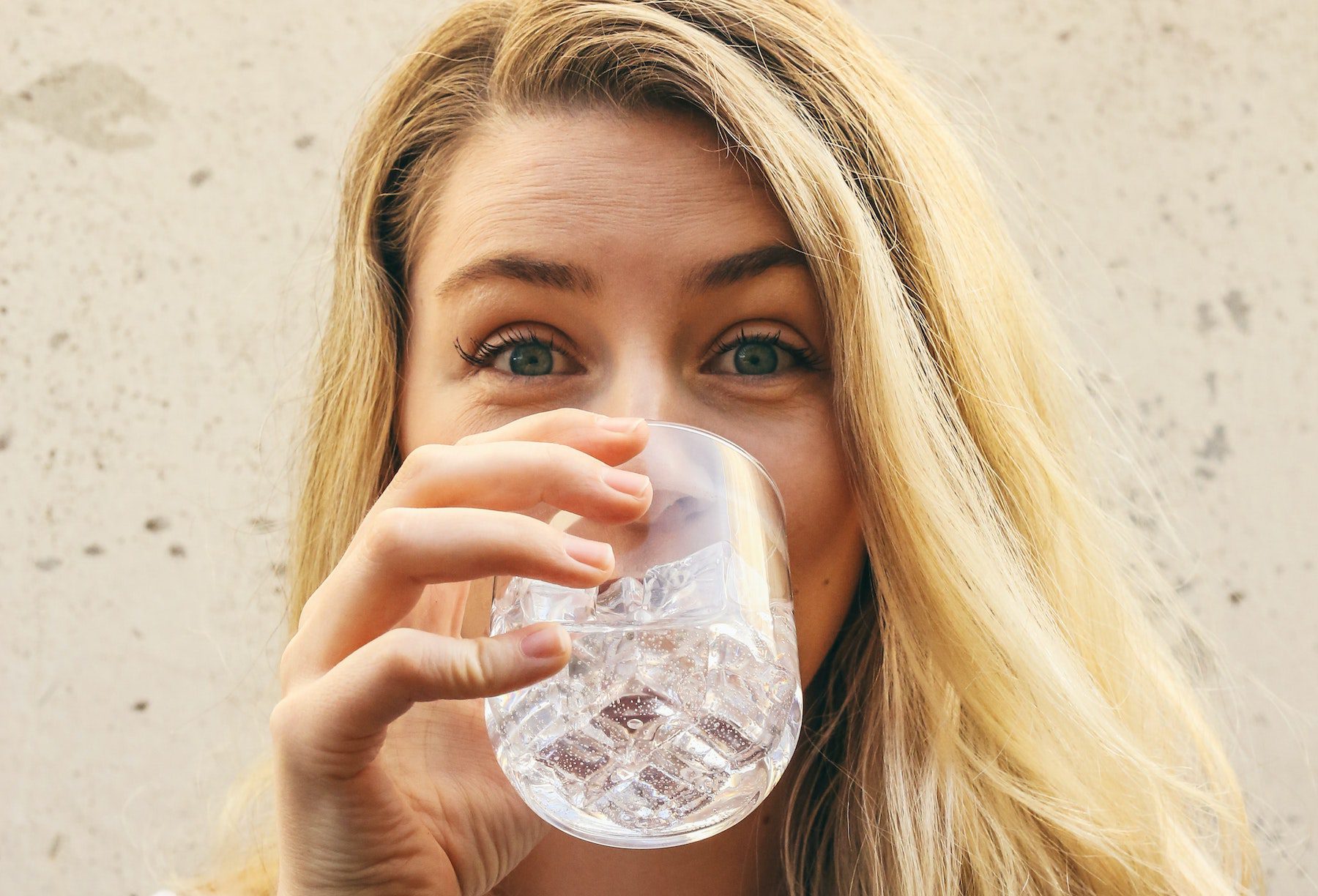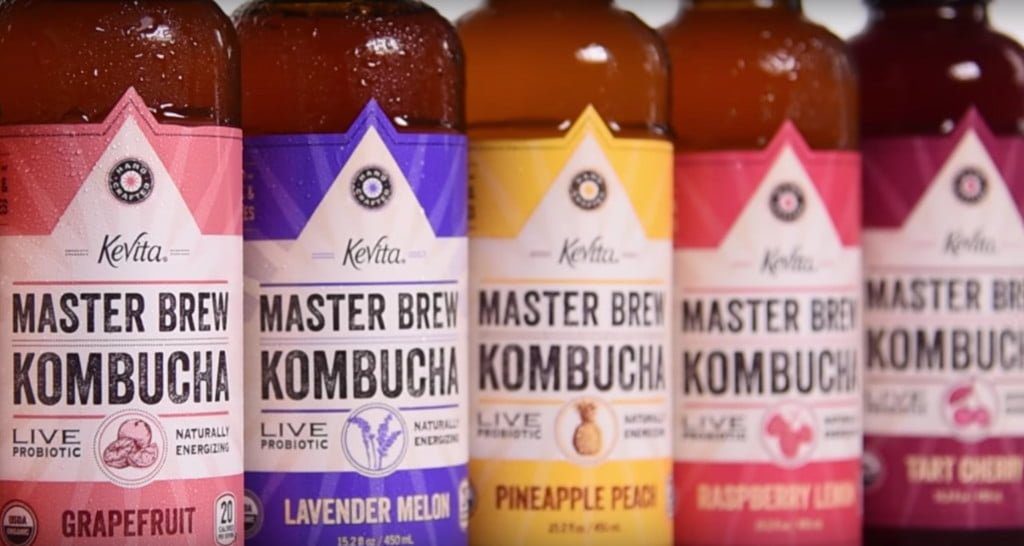Anxious thoughts race through your mind; you can’t get comfortable. For the thirtieth time in thirty minutes, you check the clock to calculate how much sleep you can still get if you conk out…now. No, wait: now. No, wait….
Everyone knows quality sleep is crucial, yet few net those six to eight hours needed for good health, improved performance, stabilize moods, and overall better stress management. If you’re struggling from sundown to sun-up, here are some foolproof formulas to get better sleep.
Pro-Sleep Daytime Habits

Good sleep actually starts while you’re still awake. Incorporating these healthy habits into your daytime routine will help you rest much better when you hit the hay.
- The light of day. Get a hefty dose of natural light early in the day. Circadian rhythms are basically internal clocks, and sunlight prompts the brain to realize, “Hey, it’s morning.” Not only will you fall asleep more easily come nightfall, but you’ll also wake more easily the next morning.
- Exercise. Like sunlight, movement prompts the brain to wake up…and tell the rest of the body to follow suit. Endorphins also result in a better mood, and other hormonal functions will optimize with regular exercise (including melatonin). Move your body; it doesn’t really matter how. Aim for 20 to 30 minutes of easy exercise daily, if possible, but avoid doing it within an hour of bedtime. This can keep your body from settling down and actually delay sleep.
- A caffeine-free evening. Keep your coffee or any other caffeinated beverage to the first part of your day (no later than noon, based on most people’s metabolisms and the half-life of caffeine). No after-dinner s’mores when your camping so try some healthier caffeine-free options instead. Lastly, a ten-minute power nap will do way more for that afternoon slump than another espresso, anyway.
- Early evening meal. Snacks are tempting when you’re tired, but think twice: late-night meals confuse your circadian rhythm into wakefulness. Furthermore, it puts extra work on your body to digest during a time it needs to rest. Avoid heavy dinners, too. Light and healthy options are easier on your digestive system, and will help you wake up feeling refreshed, not bogged-down and bloated.

- An off-limits bed. The bed may look like one big, comfy couch, but try to reserve it exclusively for sleeping (and maybe one other…ahem, activity). Overall, you want your brain to associate your bed with sleep, not Netflix binges or answering work emails.
- A focused mind. If your brain is constantly looking for stimulation during the day, it will do the same at night. Focus on one task at a time whenever possible. Don’t interrupt your flow by checking your texts and Instagram constantly; instead, set timers so you can take breaks and switch tasks more thoroughly. Lastly, let your mind relax throughout the day. Ten minutes of “zoning out” or meditating will prime it to shut off come nighttime.
- Low-stress levels. Identify your biggest stressors and work on reducing them. Manage your thoughts and talk to people about your stress. Delegate responsibilities to other people. Do whatever you need to lower those stress levels. If you don’t get a moment of peace during the day, you won’t find peace at night.
Ultimately, better sleep requires better discipline. While changing your routines will be hard, one or two alterations at a time will add up to impressive, noticeable results in the quality of your sleep.
Once your daytime habits are optimized, it’s time to take a long, objective look at your nighttime routines and overall sleep hygiene.

Tips to Optimize Your Sleep Schedule and Routine
Consistency is key, here. Tighten the straps on your armor, sleep warrior: you can do this!
- Reduced light exposure. Once the sun is gone, limit your exposure to all light sources. This avoids “tricking” your brain into believing daylight has magically extended, and encourages the production of melatonin. Note: this doesn’t mean you have to live like the Amish after sundown. Simply eliminating screens (any device that emits blue light, like phones and tablets) will make a huge difference. Try to use less lamplight, too, and swap that T.V. binge before bed for some quality time with your favorite comedy book.
- Consistent bedtime. Your mom was onto something with that annoying bedtime nonsense of hers. Time to get back to your roots: set an alarm on your phone to start your evening routine at the same time, every night.
- Consistent wake time. Setting an alarm to wake you up is common. What about the weekend though? Are you letting yourself sleep in till ten? That alarm should go off every single day. While an extra thirty minutes or so is fine, waking hours past your usual alarm sets you up for failure come Monday. If you must play catch-up on lost sleep, go to bed earlier instead of sleeping later; it wreaks less havoc on your circadian rhythm.

- Pre-Bedtime routine. There are probably a few things you do every night before getting into bed. For example, you might shower, brush your teeth, and then read a book. Keep this at the same time every day and you are on your way to better sleep. Meditation, listening to calm music, or writing in a journal are also good ideas. Just pick one activity and add it to what you have now.
- Notebook next to your bed. A lot of sleep problems arise from anxiety. You might have the next day’s treacherous to-do list racing through your mind. Or maybe it is the argument you had that keeps playing over and over.
Grab a pencil and write down the to-do list. Write down what you want to say to your boyfriend. Promise yourself you will come back to it tomorrow. This helps to relieve yourself of the responsibility of your problems for the night.
Don’t overwhelm yourself with all of these changes at once. That will make it too tempting to give up. Add one thing at a time until your formula has given you the sleep solution you’re after.
Ideal Sleep Environment

Finally, great sleep requires the right sleep environment. These are all the things your brain needs to finally stop the stewing, and everything your body needs to unwind after a long day.
- Comfortable bed. Backaches, knee problems, neck pain: some of these ailments might be attributable to that lackluster office chair or poor posture, but a good bed should never leave you in pain. If you wake up aching, it’s time to reevaluate your mattress.

- Quiet. Some nighttime noise is unavoidable (you can’t control those rowdy upstairs neighbors), but try to eliminate any sound you can. Tighten dripping faucets, shut off the television, and crank up a white noise machine to cover the rest.
- Low temperature. Keep your thermostat at or below 68 degrees at night. People sleep best in a cool, dark place.
- Lights off. Speaking of darkness: eliminate all sources of light from the bedroom. A blackout curtain will work wonders on those city lights (or even just the moon), and a T-shirt thrown over the pesky neon alarm clock will help, too. And if you’re the type to sleep with the television on, that’s a definite don’t. Even if you still fall asleep quickly with it on, you’re probably getting less REM and waking partially throughout the night. Finally, if and when you have to get up during the night, keep lights low or off to avoid waking yourself up too much.
- Clean room. A clutter-free space will help your brain associate the space with sleep, and the serenity of a clean, organized room may even help you relax faster.
Quality sleep may seem hopeless, but remember: it’s a science, and can therefore be distilled down to basic formulas. Just as one bad habit can throw the rest off, so can one positive change impact your entire wellbeing.
With enough practice, good sleep routines will become second nature, and you’ll get better sleep without even having to think about it.


















